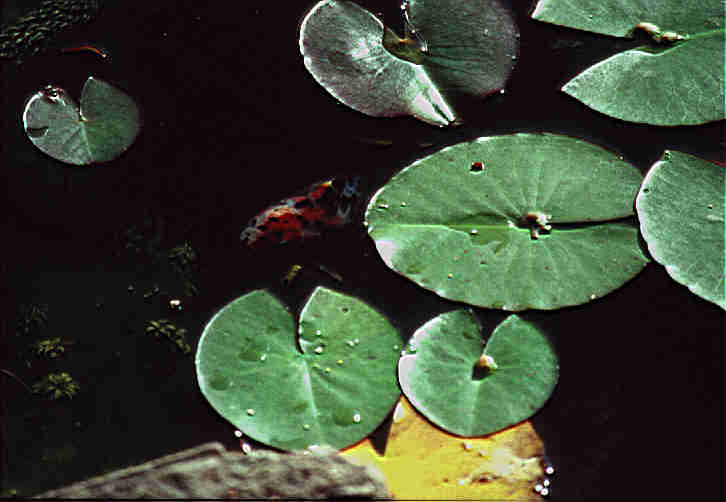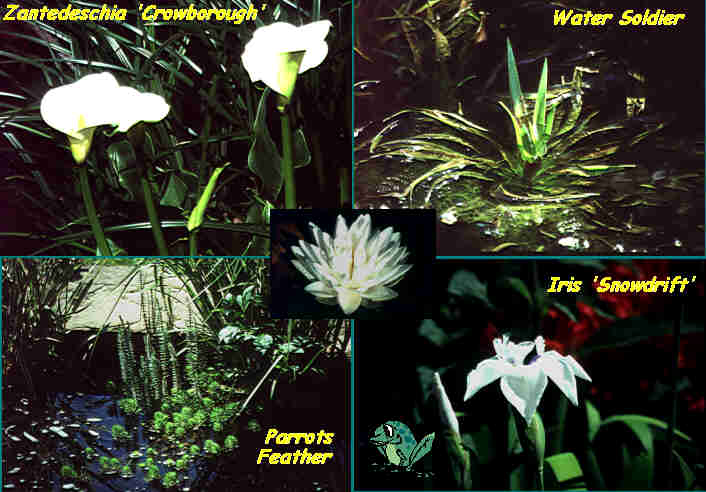 When it comes to choosing fish for the planted pond, all varieties of single-tailed Goldfish - Common Goldfish, Shubunkins and Comets are suitable.
When it comes to choosing fish for the planted pond, all varieties of single-tailed Goldfish - Common Goldfish, Shubunkins and Comets are suitable. When it comes to choosing fish for the planted pond, all varieties of single-tailed Goldfish - Common Goldfish, Shubunkins and Comets are suitable.
When it comes to choosing fish for the planted pond, all varieties of single-tailed Goldfish - Common Goldfish, Shubunkins and Comets are suitable.
Twin-tailed varieties - Oranda, Lionhead, Veiltail, Moor, etc - are not hardy enough for year-round pond life although Fantails could be the exception.
In addition, there are a number of 'non Goldfish' species that are also highly-coloured which do well in the pond. These species include Golden Orfe, Bitterling, Red Shiners and Pumpkinseed, but be aware that many non-native species may now require a licence to be kept (details).
Do not be tempted to introduce any kind of Catfish into your pond as they will grow too large and prey on your other fishes.
 Koi are fine, providing you respect their need for space, high-quality water conditions - and their rapid growth rates!
Koi are fine, providing you respect their need for space, high-quality water conditions - and their rapid growth rates!
As their pond will not have any aquatic plants, the fish will show up better if the bottom and sides of the pond are dark-coloured.
Water clarity is most important, so any green water that develops must be removed (see Green Water Problems) if you are to be able to see the fish throughout summer.
Marginal plants around the pondís circumference soften its edges and provide refuge for visiting animals and amphibians. Tall grassy types may blow over into the pond in windy weather so make sure their baskets are well anchored.
ĎOxygenatorsí - around 2 clumps per square foot of water surface area - produce excess oxygen in the water during daylight but rampant growths can deplete oxygen levels during hot weather especially at night; provide extra aeration (leave the fountain on at night) to counteract this. Thin out oxygenators if necessary.
What Kind of Pond? Last updated January 20, 2002

They absorb nutrients from the water and will help keep the water clear; they provide spawning sites for fish and amphibians and, in the case of flowering species, they look nice too!
It is advisable not to put any soil on the pondís base but plant all aquatic plants in baskets which will keep them under easy control.
Plant Water-lilies initially so that any existing leaves float on the
water surface; stand the basket on an upturned bucket or bricks to
achieve this; gradually lower the lily into deeper water as it grows.
Aim to cover around one-third of the pondís water surface with Water-
lilies to provide shade and reduce algae problems.
Choosing a Liner
Will I need a Filter?
Installation Tips
Dealing with Green Water Problems
Useful Facts & Tips